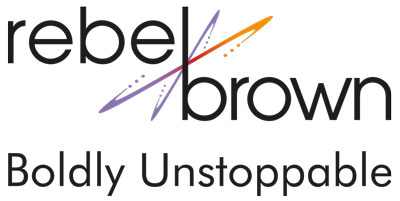How do we combat the drag and weight of the status quo bias?
We have to break out of the old brain’s habits and show our instinctual selves that the status quo isn’t all that great. We have to shift that survival trigger so that we crave a change instead of the status quo. How?
Make the status quo unsafe.
Our unconscious old brain automatically assumes that the status quo way is safe, sustainable and the best option out there. The more complex the decision, the stronger the status quo preference becomes. Our conscious new brain doesn’t even get to weigh in. The old brain rules, period. Until we shift that old brain out of the way to empower our conscious new brain to take control.
How do we create that shift?
1. Show the old brain that the current state is a threat to our ongoing survival. We have to trick our unconscious brain to move beyond the status quo and take an action e.g., think up a new solution. How can we do that? Show your brain the truth and focus on it. Slow down and really look at the reality of the situation instead of accepting the current state without a passing glance.
For example, consciously look at the declining profit margins on the product we love, project that trend 5 years into the future and look at the negative drag on our business. Or look at other companies with similar results and see the truth about their decline and eventual failure. Once the unconscious brain recognizes the threat – it triggers a reset regarding the status quo bias and engages our new brain to look for a solution. Then we get creative!
In sales – show the prospect how the status quo is behind your new approach using visuals of similar buyers and their before and after results. Why visuals? Because our brains remember 10x the information we see visually vs words. Show the prospect the threat of that ‘before’ state on their competitive advantage, their future sustainability and their own role within their business. Once they see their status quo as unsafe – they’ll be able to see beyond their bias to truly evaluate your solution.
2. Make the status quo unpopular. As I wrote a few weeks ago, we are also programmed to conform to the opinions of the group or experts. We’ll go along with the group opinion before we’ll take the risk of being the innovative thinker that failed.
The good news is that we can learn to use that very programming to shift out of the status quo bias.
For example, leaders who make it clear that the status quo is not their choice will trigger conformity brain responses in their teams. That conformity brain will reward these folks for agreeing with you as a leader that the status quo isn’t the obvious choice. Then – your team can get out of that status quo box and kick into innovation. Another way to trigger conformity brain is to visibly reward those who take the initiative to step out of the box and think innovatively. The reward for that behavior will trigger the rest of the team to adopt the new behavior and the next thing you know – new ideas and approaches will flow.
3. Pay attention and ask questions. One of the ways I’ve learned to catch myself in the status quo is to pay attention to my reactions whenever I am faced with a decision. Whenever I feel myself pushing against a change, or hanging onto something that I am never going to give up – I know I’m facing some gravity, aka status quo bias. Our emotions are a great sign that we’ve triggered into instinctual safety mode.
Whenever I feel that strong push against or drive to hang on, I stop and ask some simple questions.
- What is the potential downside of this status quo approach (show the threat)
- Why do I believe that the way I’m doing or thinking is the best way?
- When was the last time I validated that belief or process with my market?
- Is there a better way?
- Have I looked for a better way?
- What would that better way look like? Can I paint a new picture on a blank whiteboard?
Questioning the status quo puts the old brain into a state of threat, even as questioning for new options stimulates the new brain to engage. Et voila – we shift.
The Bottom Line
Status quo bias is inherent in every human ever born. It’s one of the most limiting programs we humans have when it comes to our thoughts and actions – or lack thereof.
In business the status quo bias costs us lucrative opportunities, increases in productivity, competitive advantage and customer revenue. You’d think with all that disadvantage and more we’d learn to shift. The fact that we don’t shift easily demonstrates how deeply the bias is engrained as a part of human behavior.
By being aware of the bias and using these simple techniques, we can change our responses and thinking to expand our options, create advantage and fuel bottom line results.





